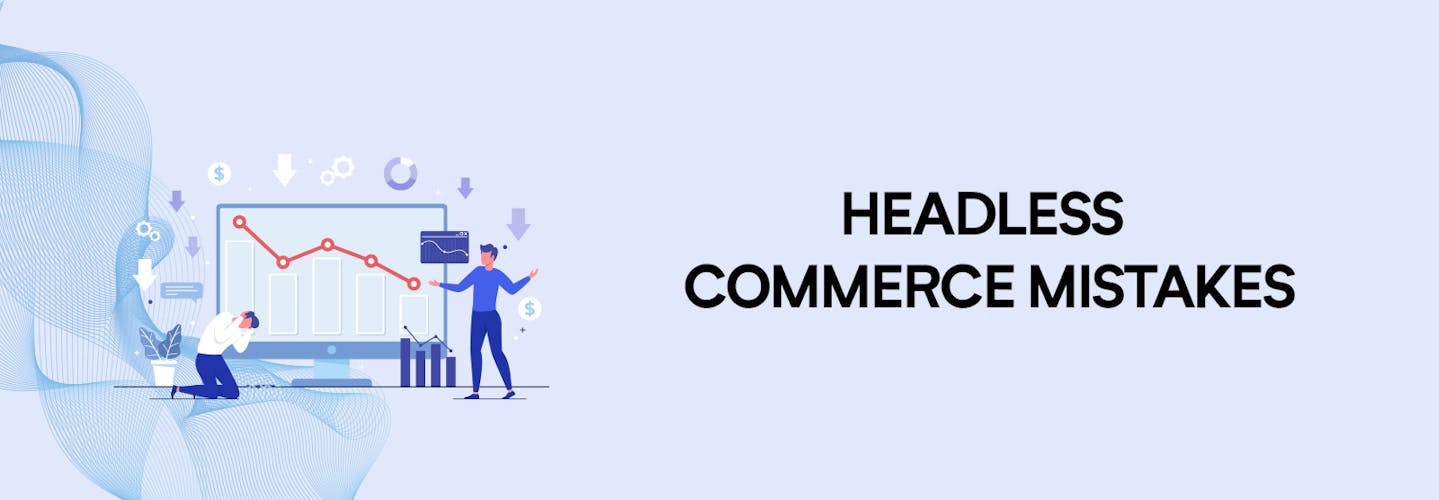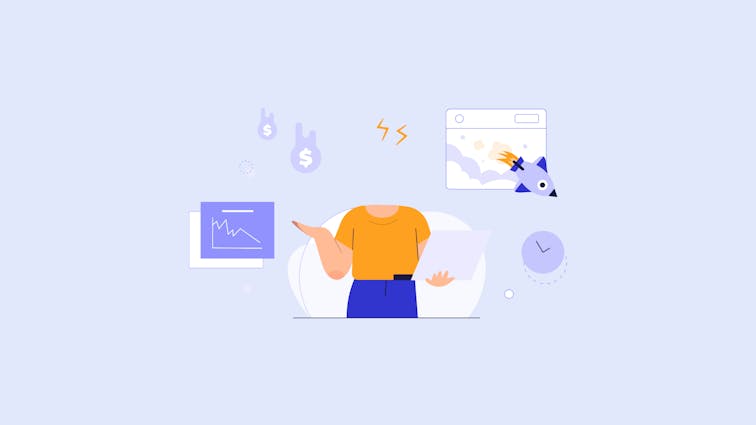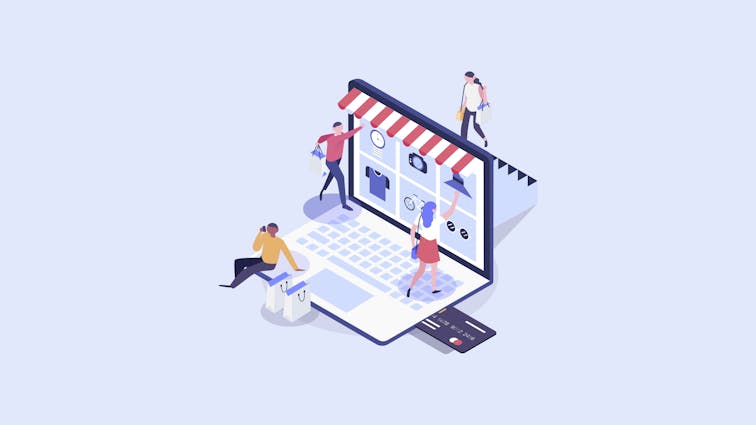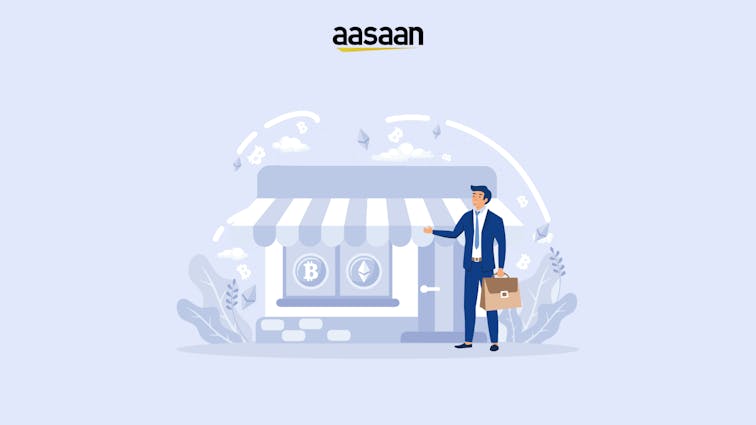
11 Common Mistakes to Avoid in Headless Commerce
Headless commerce, a term that has become increasingly prevalent in the eCommerce industry, refers to the decoupling of the frontend and backend of an eCommerce platform.
This innovative architecture allows businesses to make instant optimizations to their online storefront without the need for extensive development assistance.
It offers the potential for increased flexibility, improved performance, and a more personalized customer experience.
However, the effective implementation of headless commerce is not without its challenges.
As businesses navigate this relatively new territory, it’s not uncommon for mistakes to be made.
These errors can range from technical missteps to strategic oversights, and they can significantly hinder the potential benefits of adopting a headless approach.
The prevalence of these mistakes underscores the importance of understanding not only what headless commerce is but also how to implement it effectively.
It’s not enough to simply adopt the latest technology; businesses must also be aware of the potential pitfalls and how to avoid them.
This article aims to shed light on some of the most common mistakes businesses make when implementing headless commerce.
By highlighting these issues and providing practical solutions, we hope to help businesses avoid these pitfalls and maximize the benefits of their headless commerce initiatives.
11 Common Headless Commerce Mistakes

1. Insufficient Planning and Goal Setting
It’s crucial to define clear objectives and milestones for your project. Failing to plan extensively may lead to confusion, inefficiency, and a lack of direction, thereby hindering the success of your endeavor.
2. Choosing the Wrong Technology Stack
The market is full of CMS’s, e-commerce platforms, and third-party tools built for headless architecture.
Selecting an incompatible or unsuitable technology stack for your needs can lead to integration challenges, poor user experience, and even-limit the growth of your business.
3. Underestimating the Need for Technical Expertise
Implementing headless commerce can require a certain level of technical skill and expertise.
Underestimating this need may lead to unexpected challenges and delays in the implementation process.
Ensure your team has the necessary knowledge and experience, or consider partnering with a professional agency to ensure a seamless transition.
4. Lack of Attention to SEO and Marketing
While headless commerce provides more customization options and improved performance, businesses must also prioritize SEO and marketing efforts to maximize visibility in search engine algorithms.
Ignoring SEO capabilities during the development process could lead to lower search rankings and decreased online presence.
5. Inadequate Security Measures
Online security is essential, especially when it comes to eCommerce.
Being proactive in implementing sufficient security measures will not only keep sensitive customer information safe but also foster trust in your brand.
6. Prototypes May Haven’t Been Nailed Down
Before beginning the development process for your headless commerce platform, it’s crucial to create and refine prototypes to ensure the final product aligns with your goals.
Rushing into development without establishing strong prototypes may result in wasted resources, poor user experience, and ongoing revisions that could have been avoided with thorough planning.
7. Poor Content Distribution Strategy
A headless e-commerce platform allows for multi-channel content distribution across various devices and platforms.
Failing to employ a well-designed content strategy may result in inconsistencies and an underwhelming customer experience.
Remember to continuously update and optimize content to better engage your audience.
8. Neglecting to Optimize Performance
Don’t lose sight of the importance of optimizing your site’s performance.
Faster load times, smooth navigation, and mobile responsiveness directly impact user experience, conversions, and customer retention.
9. Implementing Wrong Integrations
While a key advantage of headless commerce is the ability to easily integrate various systems and tools, it’s essential to carefully assess and select the right integrations that best suit your business needs.
Implementing wrong or unnecessary integrations can lead to inefficiencies, conflicting software, and increased costs. Prioritize essential integrations and ensure they are compatible with your chosen technology stack for seamless operation.
10. Inadequate Testing and Monitoring
Regularly test and monitor your headless commerce platform for potential vulnerabilities, performance issues, and user experience concerns.
Identifying issues early on can prevent problems from escalating and costing your business valuable time and resources.
11. No Regular Audit Of Your Website
Performing regular audits of your website is essential to ensure all components, including content, integrations, and performance, are functioning optimally.
Overlooking the need for continuous evaluation and improvement may lead to decreased user satisfaction, loss of revenue, and weakened brand perception.
Avoiding Mistakes for a Successful Headless Commerce Implementation

Implementing headless commerce offers numerous benefits, but it’s critical to approach it with adequate planning, expertise, and mindfulness of the potential challenges.
By taking the necessary steps to avoid these common mistakes, you can create a solid foundation for a successful headless commerce initiative.
- Set clear objectives and milestones for your project right from the start
- Choose a compatible technology stack tailored to your specific needs
- Consult with or hire qualified technical experts to navigate the implementation process
- Prioritize SEO and marketing to maintain visibility and engagement in your target market
- Implement adequate security measures to protect customer data and build trust
- Develop and refine prototypes to align with your goals before investing in development
- Establish a robust content distribution strategy for a consistent and engaging customer experience across multiple channels
- Optimize your site’s performance, ensuring fast load times, smooth navigation, and mobile responsiveness
- Carefully assess and select the right integrations that best serve your business needs to prevent inefficiencies and increase compatible system function
- Conduct regular testing and monitoring to identify and address issues early on, preventing escalation and potential loss of resources
- Perform ongoing audits of your website, focusing on all key components and continuous improvement
By following this roadmap and staying vigilant of these potential pitfalls, your business can effectively navigate the headless commerce landscape and maximize the benefits that come with it.
Build a scalable, future-proof solution by being proactive, thorough, and mindful of these commonly made mistakes.
Discover the Power of Headless E-Commerce with Aasaan: The Ultimate Solution for Next-Generation Shopping Experiences

Are you looking to revolutionize your online store? Look no further than Aasaan, the cutting-edge headless store builder and API-first commerce platform.
With Aasaan, you can visually create exceptional shopping experiences without any coding expertise.
Immerse yourself in a world of advantages when you choose Aasaan as your e-commerce partner:
1. Unleash Lightning-Fast Site Speed: Experience an astounding 70% increase in site speed, ensuring your customers enjoy a seamless shopping journey like never before.
2. Skyrocket Your Conversion Rates: Witness a remarkable 38% uplift in conversion rates, unlocking the full potential of your sales and maximizing your revenue.
3. Elevate Your Average Order Value: Enjoy an impressive surge of 20% in average order value, driving higher revenue per transaction and boosting your bottom line.
4. Supercharge Your Time to Market: With Aasaan by your side, achieve a staggering 10x faster time to market, enabling you to outpace and outperform your competitors.
5. Seamless Integration and Flexibility: Aasaan effortlessly integrates with your existing backend infrastructure, or you can dive straight into our API-first commerce platform, harnessing the power of best-in-class technology within seconds.
6. Effortless Business Management: Streamline your operations and stay on top of your business with the convenience of a single admin app. From inventory management to order fulfillment, Aasaan empowers you to take control.
Ready for the E-Commerce Transformation? Get Started with Aasaan Today!
Take the leap and transform your e-commerce business into a force to be reckoned with. Visit: aasaan.app now to embark on your journey of success with Aasaan.
For more insight into how aasaan can fit into your workflows, go ahead and schedule a demo!
Want to learn more about headless commerce?
Explore our expertly crafted guide to headless commerce, offering a complete introduction, comprehensive overview, and valuable insights.
Dive into the world of headless commerce and unlock its countless benefits for your company.
Conclusion:
In conclusion, a well-executed headless commerce implementation can significantly enhance your online business’s performance and customer experience.
By carefully considering the potential challenges and proactively taking steps to mitigate errors, your team can ensure a smooth transition and ongoing success in the world of headless commerce.
Prioritize strategic planning, strong technical expertise, and continuous improvement to maximize the benefits offered by this adaptable and advanced approach to eCommerce.
FAQ’s:
1. Why not to use headless CMS?
While headless CMS offers flexibility and customization options, it may not be suitable for everyone. Without the integrated front-end, non-technical users may find it challenging to manage content effectively.
Additionally, the separation of front-end and back-end can increase complexity and require additional development resources.
2. What are the pros and cons of headless?
The advantages of headless commerce include increased agility, faster time-to-market, and the ability to deliver consistent experiences across multiple channels.
However, it also has drawbacks. The main cons include a steeper learning curve, potential complexity in managing content, and a need for additional development efforts for front-end implementations.
3. Is headless more secure?
Headless commerce itself doesn’t inherently guarantee higher security. However, since headless architectures often involve microservices, there is potential for increased security.
By having separate services and APIs, it’s possible to isolate and secure different parts of the system effectively. Nonetheless, strong security practices and regular audits are still necessary to ensure overall system security.
4. Why choose headless commerce?
Headless commerce is an ideal choice for businesses seeking flexibility, scalability, and the ability to deliver consistent experiences across various touchpoints.
It allows for easy integration with third-party systems, future-proofing your infrastructure. With the separation of front-end and back-end, you can innovate quickly, personalize experiences, and adapt to changing customer demands more effectively.
5. Is headless bad for SEO?
Headless commerce doesn’t inherently harm SEO. While traditional SEO techniques may need to be adjusted to accommodate the decoupled architecture, it also opens up opportunities for better SEO practices.
With headless, you have more control over the markup, content structure, and performance optimization, which can positively impact your SEO efforts. Proper implementation and optimization techniques are crucial for maintaining or improving search engine visibility.








